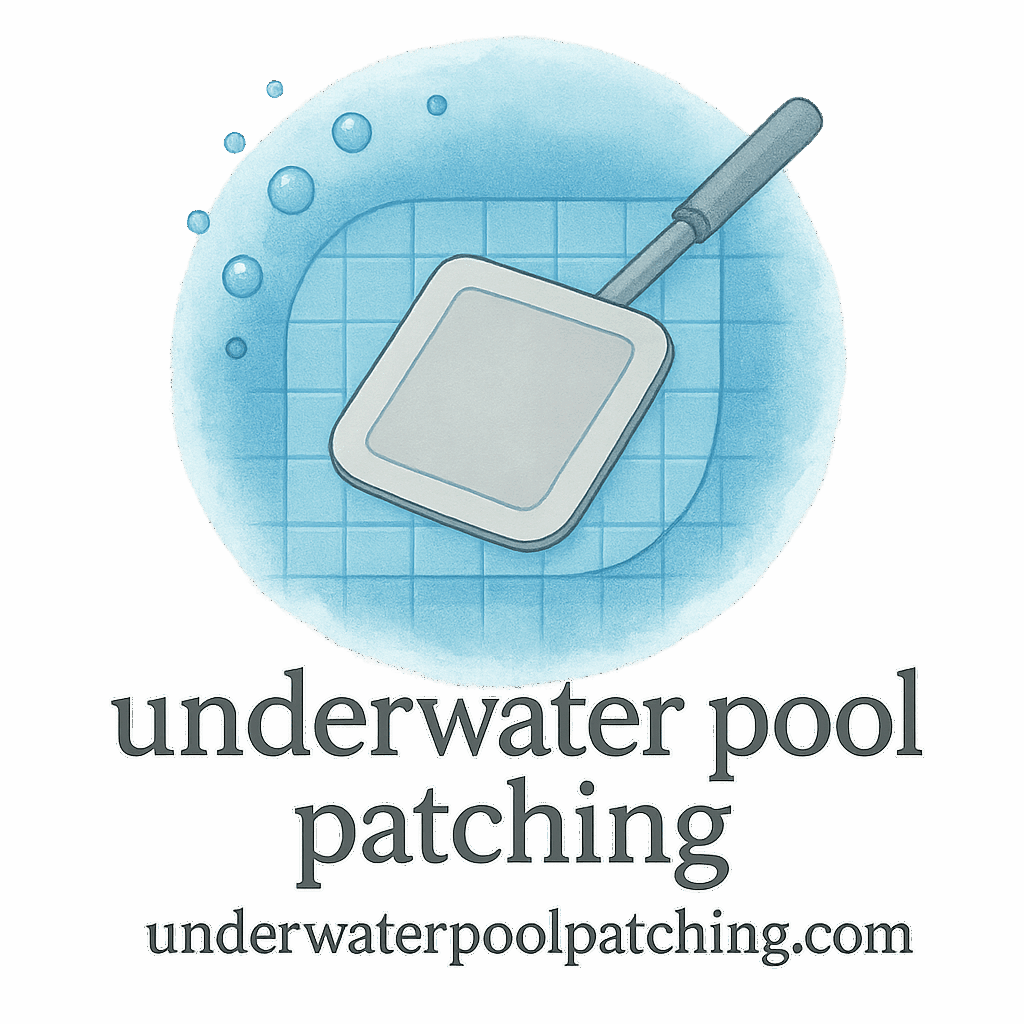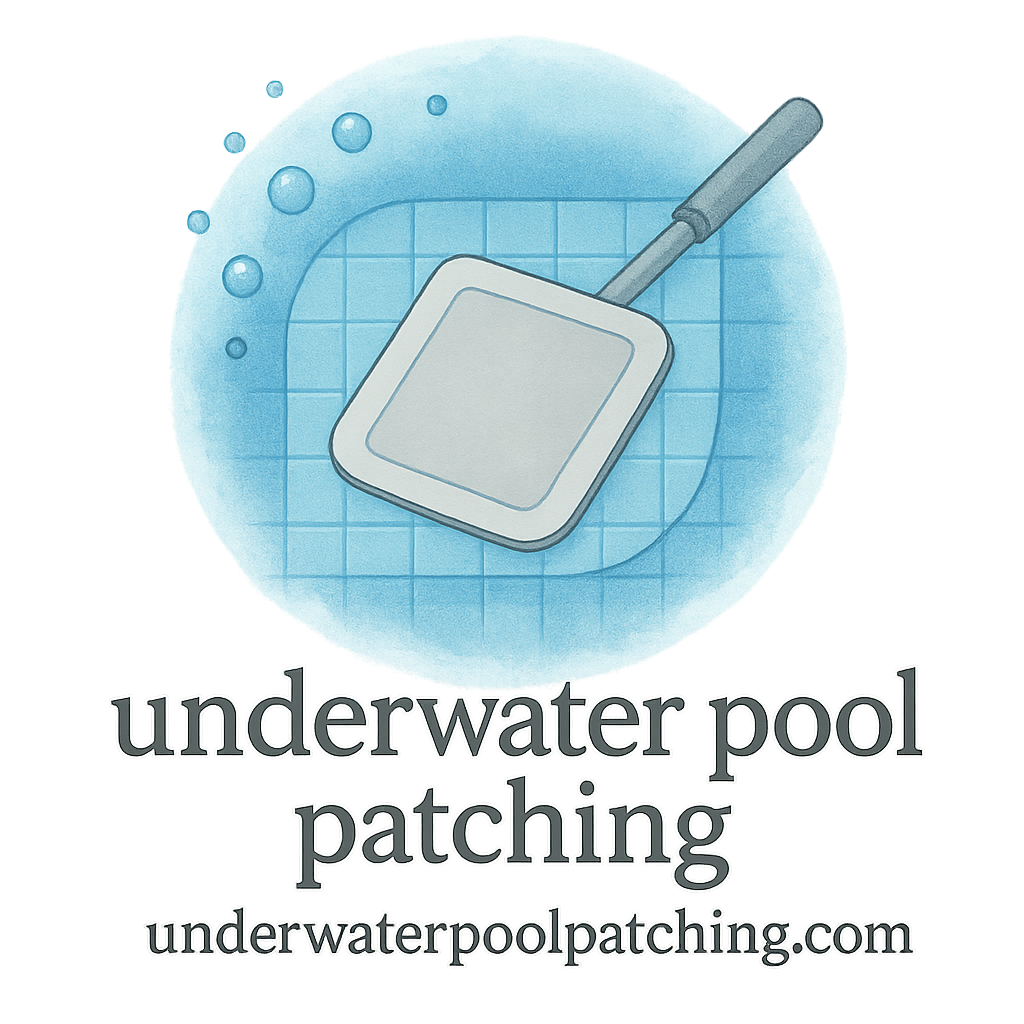Introduction
So, you’ve patched a leak in your pool. Awesome! But wait—there’s one more step you don’t want to skip: smoothing the edges. It might sound minor, but trust me, it’s key to a job well done. Whether you’re patching for aesthetic or functional reasons, edge smoothing ensures your repair blends seamlessly with the rest of your pool.
Let’s dive (pun intended) into the 7 best methods to smooth edges after underwater pool patching, with tips, tools, and techniques for a pro-level finish. Plus, I’ve sprinkled in essential internal links to guide you through related tips, materials, and techniques.
Why Smoothing Edges Matters After Pool Patching
Aesthetic Appeal
You want your pool to look pristine. A rough-edged patch screams “quick fix,” while a smooth one blends in like it was never there. A smooth edge can elevate your entire repair job, giving it a polished, intentional look.
Preventing Further Damage
Rough or jagged edges can catch debris, loosen over time, or even create new weak spots. Smoothing them out helps extend the life of the patch and reduces future problems. It also minimizes friction that could cause detachment.
Enhancing Patch Longevity
The better the edge is finished, the longer your patch will last. This is especially important when you’re using high-grade materials or professional repair techniques.
Tools You’ll Need for Smoothing Patch Edges
Before we get into the methods, make sure you have these tools ready:
- Waterproof sandpaper or emery cloth
- Nylon scrub brushes
- Epoxy or silicone sealant
- Wet grinder (if needed)
- Underwater buffer
- Scuba gear or snorkel (for deep patches)
Having these on hand will make any of the methods below smoother (pun fully intended).
Method 1: Manual Sanding with Abrasive Pads
Step-by-Step Process
Manual sanding is perfect for small or medium-sized patches. Using waterproof abrasive pads, gently buff the edges in a circular motion. Be consistent with pressure and cover all edges evenly.
Best Scenarios for Manual Sanding
This method works best for vinyl and simple plaster patches. It’s also ideal for beginners. Just make sure your pad is designed for underwater use—dry pads won’t cut it.
Check out our patching techniques section for more DIY approaches.
Method 2: Using Waterproof Emery Cloth
How It Works Underwater
An emery cloth works similarly to sandpaper but is more flexible and durable for underwater work. It’s especially handy around corners or oddly shaped patches.
Benefits of Emery Cloth
- Doesn’t disintegrate underwater
- Great for light smoothing and prepping before sealants
- Leaves a clean surface ready for final finishes
Explore different materials before choosing the right patch and smoothing method combo.
Method 3: Edge Feathering with Epoxy
Choosing the Right Epoxy
Not all epoxies are made equal. Look for a flexible, waterproof epoxy that can be feathered out over the patch edge. We recommend reviewing our guide on epoxy to make the best choice.
Application and Smoothing Tips
Once you apply epoxy around the edges, use a plastic spatula or your gloved finger to feather it outward. This technique creates a seamless blend between the patch and the original surface.

Method 4: Fine-Tuning with a Wet Grinder
Is It Safe to Use Underwater?
Yes—but only use grinders designed for underwater use. These tools work wonders on concrete or gunite pool patches. Always wear safety gear and never operate a grinder without experience.
Smoothing Harder Patch Materials
Wet grinders are ideal for rough or bulky materials. For example, if you’re working on a cement-based patch repair, a grinder will give you that sleek finish.
Method 5: Using Silicone-Based Sealants for Edge Softening
How Silicone Can Help Smooth Edges
Silicone doesn’t just seal—it smooths. After sanding or grinding, applying a thin bead of silicone can soften any remaining roughness and blend the patch edge.
Pairing with Other Techniques
Silicone sealant works best as a finishing touch. Use it after sanding or feathering for a clean, polished result.
Explore more on maintenance and prevention to ensure your patch stays pristine.
Method 6: Brushing with Nylon Scrubbers
Great for Final Touches
Don’t underestimate the humble nylon scrub brush. It’s perfect for smoothing soft materials or final cleaning before applying a finish.
Low-Cost, Effective Smoothing
This is one of the most budget-friendly tools in your kit. And if you’re curious about how to patch smartly on a budget, check our guide on cost budgeting and money-saving ideas.
Method 7: Polishing with Underwater Buffers
Professional Finish for Visible Areas
If you want that “you can’t even tell” look, an underwater buffer is your best bet. It delivers a mirror-like finish ideal for cosmetic patches in visible pool areas.
When to Call in the Pros
Buffers can be pricey, and not every DIYer has one. In this case, consider hiring a pro—especially if your pool has luxury finishes or you’re preparing for an inspection. Use our inspection and diagnosis resource to know when to seek help.
Pro Tips for Achieving Seamless Patch Repairs
Consistent Pressure and Timing
Always use even pressure and avoid rushing the job. A good edge finish comes from patience and precision.
Layering and Drying Strategy
If using layered materials (like epoxy), let each layer cure before smoothing. This ensures the patch won’t shift or crumble during edge work.
Common Mistakes to Avoid When Smoothing Patch Edges
- Using dry sanding tools underwater
- Applying too much pressure and damaging the patch
- Ignoring surface compatibility of sealants or epoxy
- Rushing through the drying/curing phase
- Skipping maintenance—check out our maintenance plan
Maintenance Tips to Keep Patch Edges Smooth
- Conduct regular routine checks
- Gently brush the patched area weekly
- Monitor for lifting or discoloration
- Follow a seasonal maintenance schedule
Final Thoughts
Smoothing the edges after an underwater pool patch isn’t just about looks—it’s about protection, performance, and peace of mind. Each of these 7 methods offers a way to make your patch job blend in seamlessly with the rest of your pool. Don’t skimp on the finishing touches—they make all the difference.
Explore more expert resources, tips, and restoration techniques at Underwater Pool Patching to ensure your pool repairs are flawless from start to finish.
FAQs
1. What’s the easiest method for beginners to smooth pool patches?
Manual sanding with abrasive pads is easy, effective, and budget-friendly for first-timers.
2. Can I use household sandpaper for underwater patch smoothing?
No. Always use waterproof or emery cloth designed for underwater use.
3. Is edge smoothing necessary for every patch?
Yes. Even small patches benefit from smooth edges for durability and appearance.
4. How long should I wait before smoothing the patch edges?
Wait for the patch to cure fully—this varies by material but usually takes 24-48 hours.
5. Can I apply silicone sealant directly after sanding?
Absolutely. It’s a great way to polish off and seal the patch edge.
6. Should I invest in professional tools like buffers or grinders?
Only if you do frequent repairs. Otherwise, rent or consult a pro.
7. How can I prevent patches from lifting at the edges?
Smooth them properly, follow a regular maintenance routine, and avoid pressure on the area for a few days.


